“Where’s Jay” 2018 wrap-up
It’s always interesting, at the beginning of a new year, to look at the scheduled trajectory of that year, then compare that to the reality of what the calendar reveals at the end of that time. 2018 was an interesting, exciting, sad, enlightening and educational year for Becky and me. Much happened on both our personal and professional calendar, and travel, as always, was a huge part with 20 countries visited over the year.
As a location photographer, you always get the question, “What is your favorite place?” This is similar to asking whom your favorite child is; almost impossible to provide an unbiased answer, as it’s one of those questions that really needs context to answer. So many components come into play here: I could name a great place in terms of cultural attractions, or another entirely different place if wildlife is the draw…or landscapes.
I always feel incredibly fortunate to get to visit these places, with my camera as the reason I’m there. I love the role the photographer plays, providing that “conduit” to the viewer’s eyes and imaginations, filling in the blanks on what is that place like, what those people are like.
Thank you for following “Where’s Jay.” Our blog is a joint effort between Jay & Becky — Jay writes his thoughts, Becky clarifies the words & the structure. We love meeting people, most soon to be friends, through our wanderings — and always love hearing feedback about this blog. On to 2019!! A moment of personal pride was that we were named this year in the PhotoBlog.com’s “47 Best Photography Blogs in the World.”
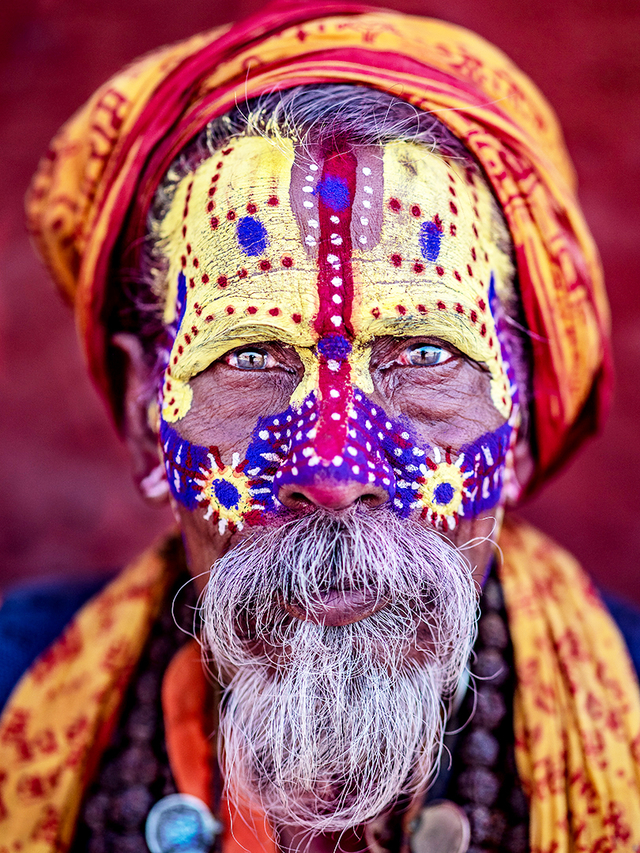
E-M1 MkII 45mm f1.2 Zuiko lens
Singh Ray HiLux filter
As a working photographer, I’m often asked in what genre I specialize: landscape, wildlife or cultural? I’ve always considered myself a generalist, that’s what I love about my world of photography. And, I’ve always tried to approach my assignment with the idea that there is a best photo available.
On a National Geographic “Around the World by Private Jet” Expedition, Kathmandu, Nepal was the 4thstop out of the 11. In Kathmandu, Pashupatinath Temple is a famous and sacred Hindu Templecomplex that is situated on the banks of the Bagmati River. Here, cremations are regularly carried out during the day. Attendant to the Temple, one finds the sadhus, or holy men. The sadhus wander stroll around revered Hindu shrines, adorned with Rudrakshya necklaces, rings, and long, unshaved beards. The sadhus have abandoned world goods and pleasures, determined to live a peaceful life in isolation.
I’ve photographed several sadhu previously, and enjoy seeing them when visiting Pashuatinath. This gentleman had stopped me asking if I’d like a blessing, always something not to pass up! After the blessing, I asked if I could photograph him. (I always take prints back to places in which I am pretty sure I’ll re-encounter a photographic subject)
I used the Olympus 45mm f1.2 lens for this image, shot at 1/2000thof a second at f1.2, 200ISO. I shot this intentionally wide open, so the background would “melt” out of focus. The out of focus nature of a lens is its bokeh, and the design of the Zuiko F1.2 lenses is built around a beautiful and natural bokeh.
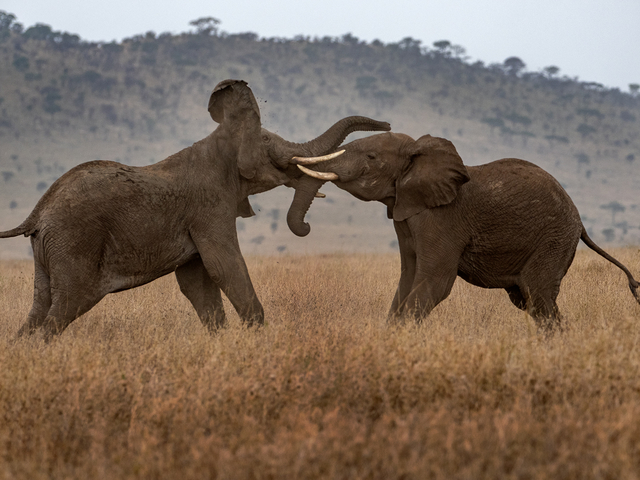
E-M1 MkII 300mm F4 Zuiko lens
Singh Ray HiLux filter
I’ve had the great fortune to photograph in Tanzania’s Serengeti many times, it’s a place that never fails to produce great photo opportunities. On an October Nat Geo Around the World Expedition, while in the Serengeti we experienced two young bull elephants sparring. They’d been antagonistic towards each other for a while, and as the herd was moving on, these two decided to walk back a couple of hundred yards and finish their fight.
A high shutter speed ensured sharpness in the animals.
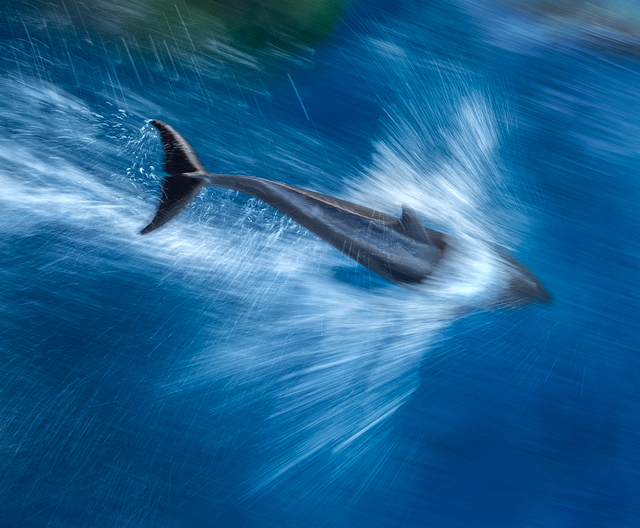
12-100mm f4 Zuiko
Singh Ray HiLux filter
I love any opportunity to get around water. Add the tropical warmth of French Polynesia, making it an incredible experience in the late summer on a trip aboard the Nat Geo “Orion” to the South Pacific.
The bow is a favorite place to photograph on several of the NG/Lindblad ships. We were sailing in between two islands, known for the fast current that appeals to porpoises as it makes for great “bow riding” for these critters. Looking straight down from the bow, I shot this photo at a 1/15thof a second with the Zuiko 12-100mm f$ pro lens. This slow shutter speed made the water look silky and smooth, and having a little sharpness on the porpoise gives the eye that edge on which to settle.
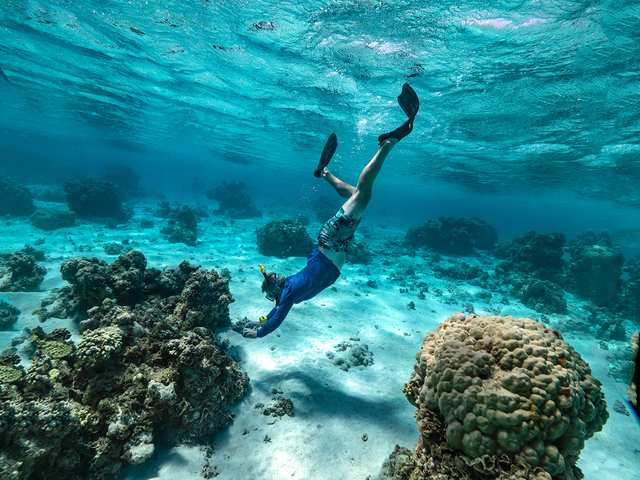
E-M1 MkII 7-14mm f2.8
I love photographing underwater, but it certainly involves a different set of skills. Instead of looking for that “golden hour” of very early sunrise or late sunset, one of the ideal times to shoot underwater, especially when shallow, is when the sun is straight overhead. The water acts as a giant “diffuser”, softening and dispersing the light to create a beautiful wrap-around light.
Our son Matt joined me for the last of three French Polynesia trips and I think he loves the water as much as I do. We were snorkeling off the island of Tuamoto when I photographed Matt diving down to photograph a subject.
One of the other issues of photographing underwater: without a corrected “port” for the front of the housing, the water magnifies the image, making it appear larger than it is. Add to that the fact that one can photograph (still images, video is different) about 1/5ththe distance you can see. This is due to the still image “freezing” everything, including the particulate matter floating about in front of you, effectively reducing the distance you can see before the subject starts to be occluded by the stuff in the water. This is why many underwater photographers use ultra-wide lenses, so they can work close to a subject, and still get a lot of that subject in the image.
This photo was shot with an Olympus E-M1 MkII with the Zuiko 7-14mm F2.8 Pro lens in an Olympus PT-EP14 housing. I used an Olympus PTLH-E01 dome port with an Olympus PER-E02 tube (to accommodate the length of the 7-14mm)
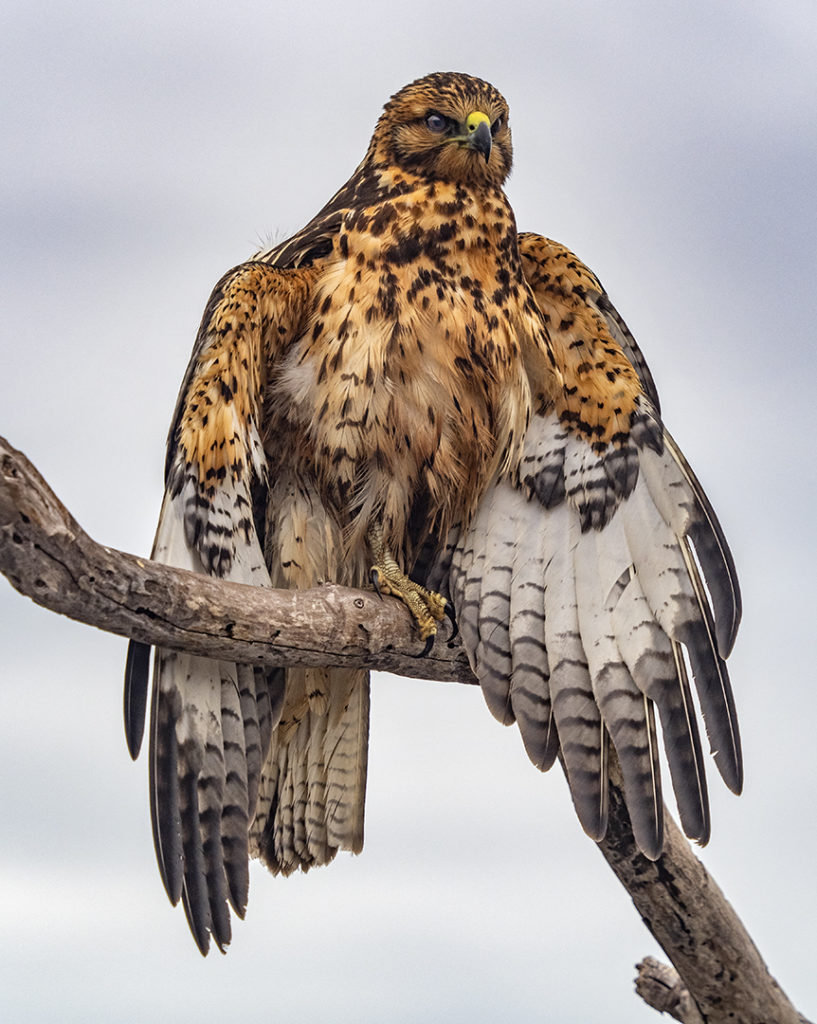
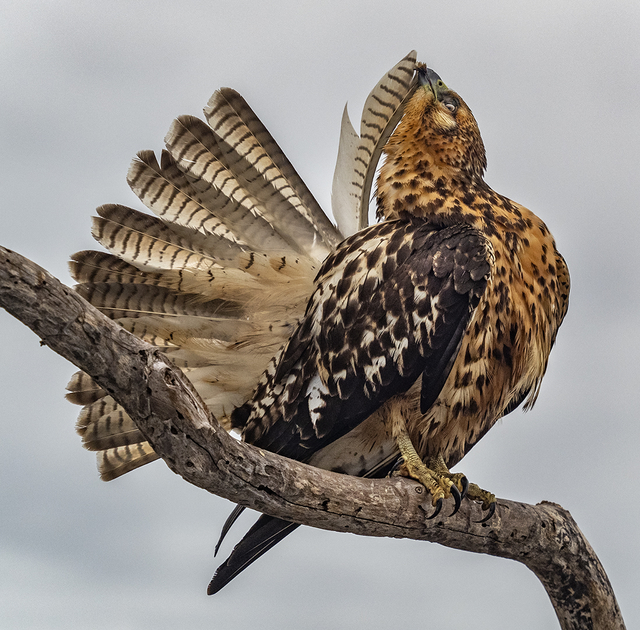
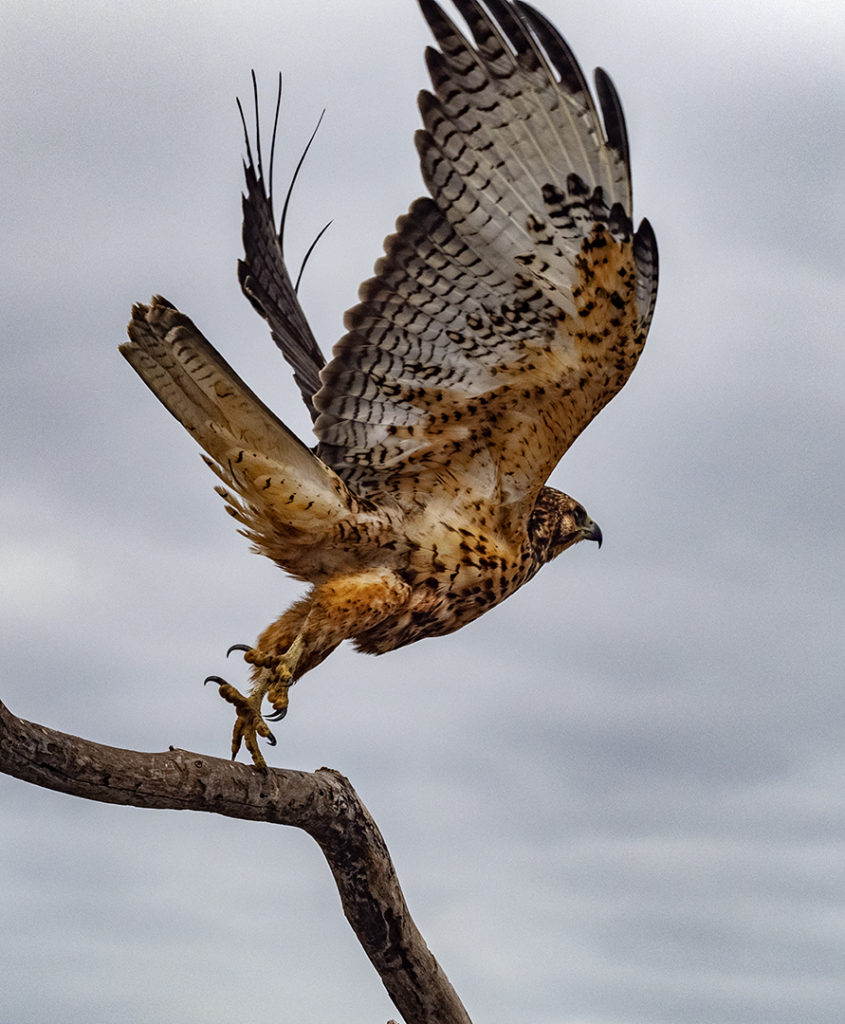
Olympus E-M1 MkII. 40-150mm Zuiko
Singh Ray HiLux filter
I remember reading a description of wildlife photography, comparing it to flying: “hours of boredom interrupted by moments of terror.” Really true. When sitting somewhere, often for extended periods waiting for the cheetah/bird/elephant/elk/cow/whatever to do something interesting, it’s really easy to let your guard down just at that moment when things “hit the fan.”
These photos of a Galapagos hawk (Buteo galapagoensis)
were shot on the island of Urbina in the Galapagos. We had just come out of a hike to the shoreline, where we found this young bird sitting on a small tree, literally in front of us. I hunkered down, waiting for that nice moment when it took flight. A couple of minutes quickly turned into 15 minutes, then 20, 30, 40 minutes,then an hour. My camera was up to my eye the entire time (one more reason I love the small footprint of the Olympus) and I had the “Pro Capture” of the E-M1 MkII enabled. This feature “pre-captures” images, up to 50 in full RAW, while holding the shutter button half-way down. When the bird (finally) took flight, I pressed the shutter and those pre-captures were written to the card, effectively capturing the two seconds or so immediately prior to my pressing the shutter.
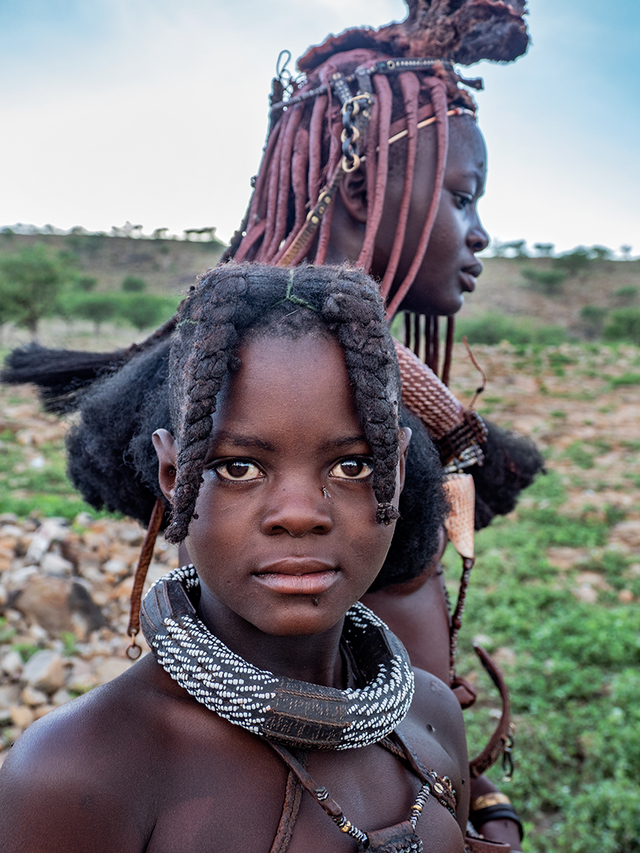
E-M1 MkII 12-100mm f4 Zuiko
Singh Ray HiLux filter
In May, FirstLight hosted a Namibia Photo Expedition. One of my favorite countries on earth, Namibia is incredible…..especially for its landscape and cultural attractions.
Visiting a small Himba encampment, we spent a morning photographing the lives of these nomadic peoples. Many photographers enjoy making photos during the “golden hour” as the light is soft, warm, and doesn’t create a dynamic range too great for the sensor. Not only was this during that time of great light, but it was in open shade which can further provide incredible light. Shot with the Zuiko 12-100mm F4 pro lens.
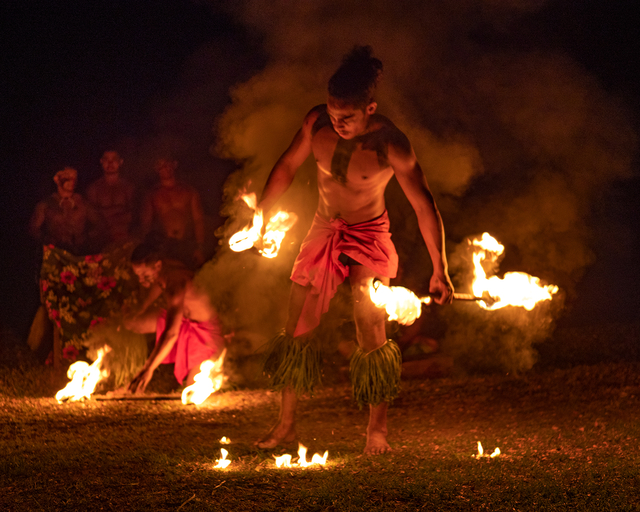
E-M1 MkII 25mm f1.2
Singh Ray HiLux filter
11 world-wide locations in 24 days, the National Geographic Around the World Expeditions are an incredible way to see a number of iconic locations. The Taj Mahal, Angkor Wat, the Great Barrier Reef, Tibet, the Serengeti, just a few of those places.
In Samoa, traditional fire dances are part of that experience. Talk about low light…this images was made at 500 ISO, 1/60thof a second with the 25mm F1.2 Zuiko.
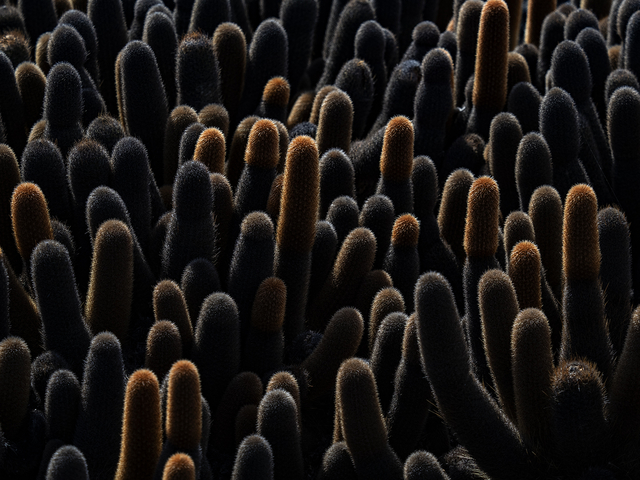
E-M1 MkII 12-100mm f4 Zuiko
Singh Ray HiLux filter
The Galapagos Islands were my destination in November. This is a place where wildlife has no fear of humans, you’ll often have to stop in a trail to await a Blue-footed booby as it takes over the path in front of you.
On the island of Fernandina, a subject of great interest are the lava cactus (Brachycereus nesioticus). Growing out of the lava flows on this island festooned with marine iguanas, these cacti form beautiful arrays. Photographing this with a strong backlight, the shapes of the cacti create a nice repeating pattern structure.
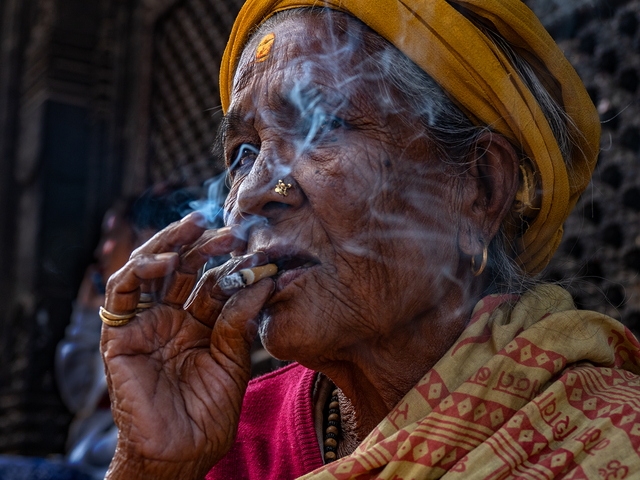
E-M1 MkII 12-100mm f4 Zuiko
Singh Ray HiLux filter
The old city of Bhaktapur sits near the center of Kathmandu, Nepal. Wandering through this famous place in October, I met this woman who was generating income by posing for tourists in the traditional palms touching greeting of Namaste. I asked if I could sit with her for a while, and caught a slightly different feeling moment.
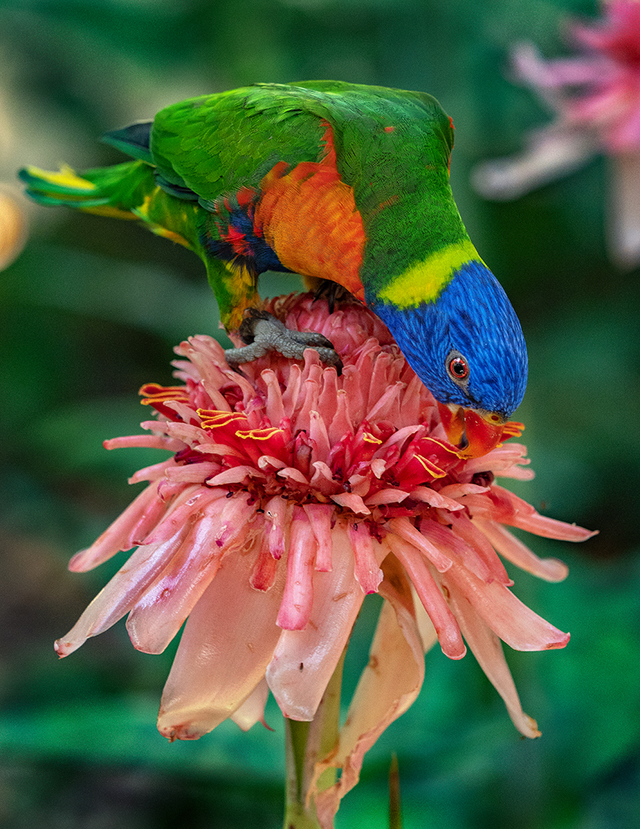
E-M1 MkII 40-150mm f2.8 Zuiko
Singh Ray HiLux filter
In the Wildlife Habitat in Port Douglas, Australia, birds, mammals and reptiles of the region are housed in this facility. Here, a Rainbow lorikeet forages on a tropical flower.
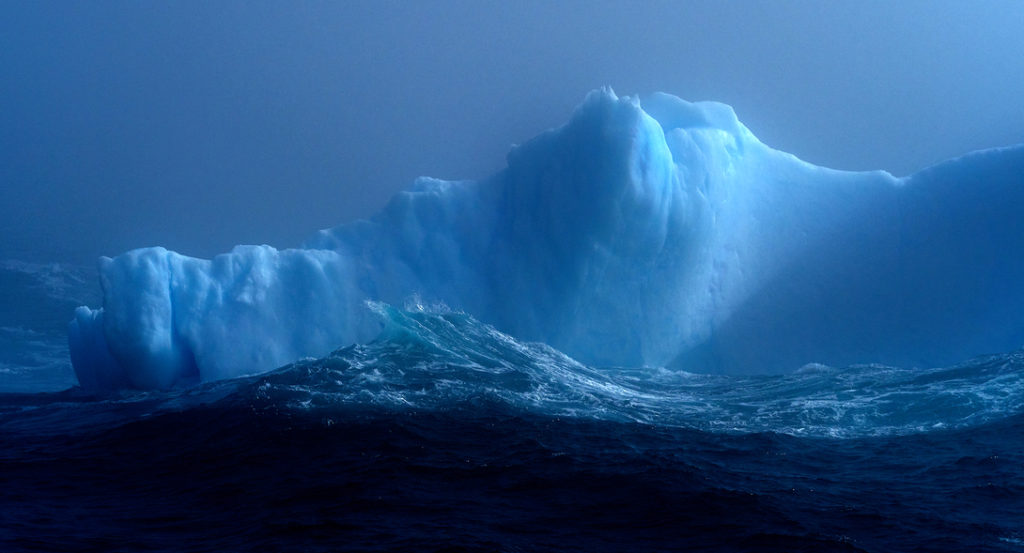
E-M1 MkII 40-150mm f2.8
Singh Ray HiLux filter
Moment pretty much trumps all in photography. These can be big and explosive situations, or a quiet and gentle slice of life.
On a March Expedition to the Falkland Islands (Islas Malvinas) and South Georgia, we encountered boisterous seas in between the two island sets. Sustained 55 MPH winds with gusts above 75, it made for an interesting trip.
This day was particularly foggy, which can make for dramatic images: mysterious, ethereal, and/or magical were the feelings that prevailed as we sailed by numerous icebergs, appearing and quickly disappearing back into the fog.
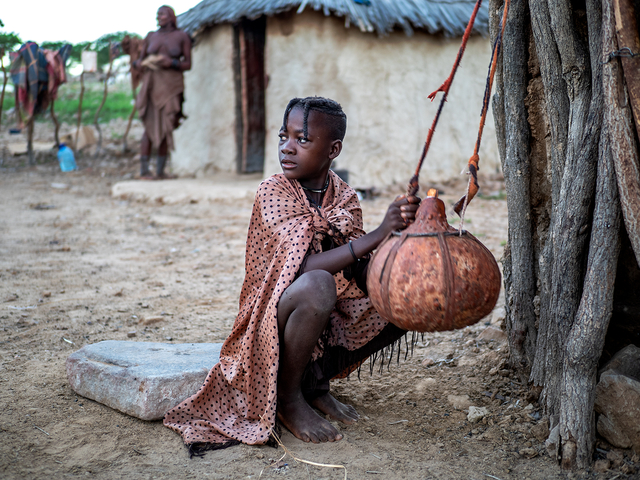
E-M1 MkII. Zuiko 25mm F1.2
Singh Ray HiLux filter
I love shooting the fast (F1.2) Zuiko Olympus lenses. I’ve suggested to Olympus that they could have welded mine open at F1.2 because I love the look of the very shallow depth of field.
On our May Namibia Photo Expedition, in a small Himba encampment, we were watching the village slowly awaken in the early morning light. Here, a young Himba handles the family water jug.
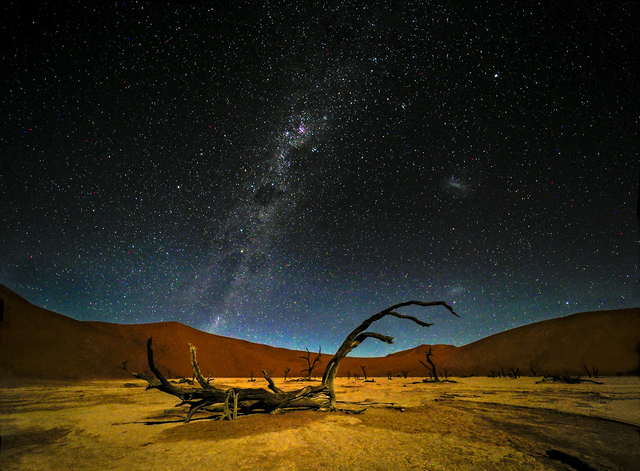
E-M1 MkII. 7-14mm f2.8 Zuiko
Again, Namibia blows me away every time I go there. In the Namib Naukluft National Park, the former lake bed or pan, Deadvlei, sits at the end of the park road. We get permission to stay there into the night so we can photograph the 600+ year-old desiccated trees in this moon-like environment. With a bit of moon this night, the air is so clear that we could still photograph the Milky Way as it rose in the sky. 30-second exposure
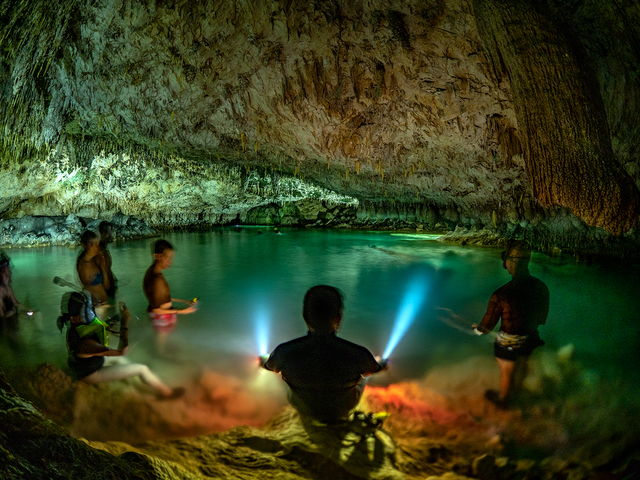
E-M1 MkII. 8mm F 1.8 Zuiko
An underground grotto on the French Polynesian island of Makatea was totally pitch black when first entered. Lindblad Naturalist and friend David Cothran & I lit the cave with 4 small dive lights. The secret with lighting goes something like this: you can’t just blast the light onto the walls/ceiling of the cave or you’ll create hot spots far too bright. “Feathering” the light, so it barely plays across a large expanse helps to “smooth” out the light. To the eye, it’s still very dark, but as exposure is cumulative, shooting a 6-second exposure allows the light to build during that time.
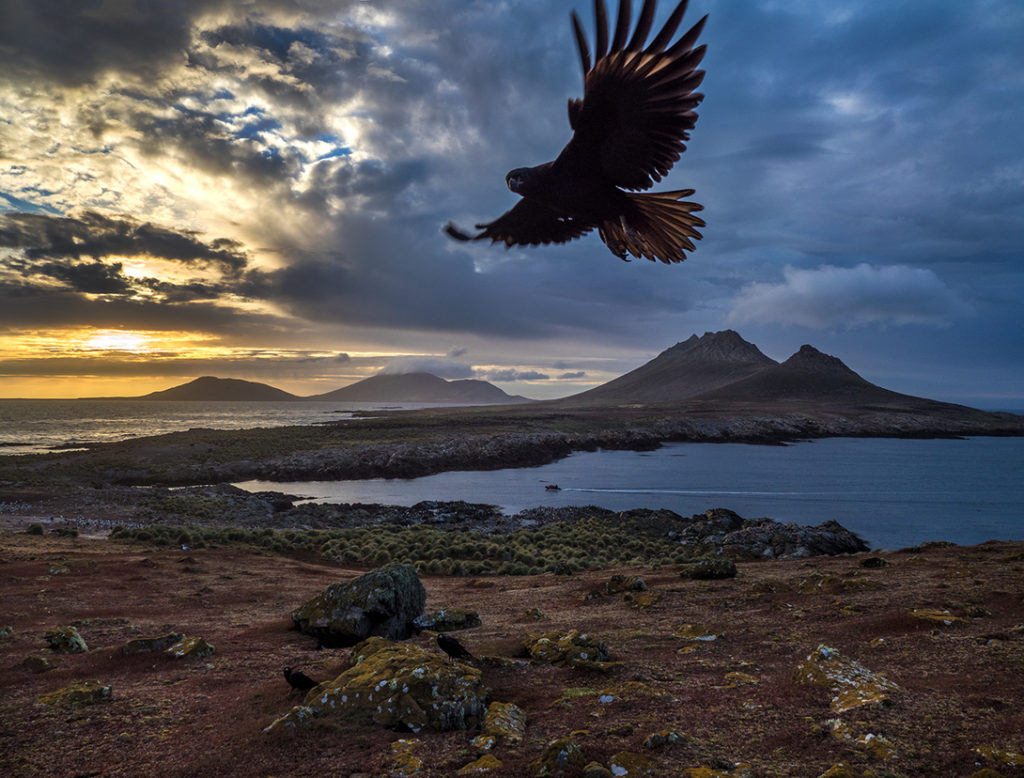
12-100mm F4 Zuiko on E-M1 MkII
Singh Ray HiLux filter
Having just landed pre-dawn on the island of Steeple Jason in the Falkland Islands (Islas Malvinas), I started hiking towards a black-browed albatross colony (largest colony in the world of these birds) when a Caracara decided to frighten me away from its territory. As mentioned earlier, moment is everything, and I was really fortunate to get the bird in such a cool position.
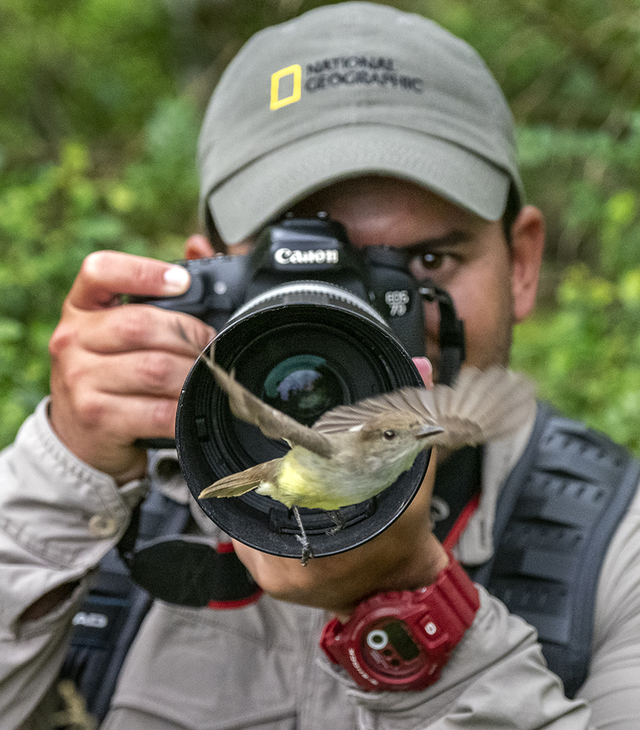
40-150mm f2.8 Zuiko
Singh Ray HiLux filter
I wish the bird were closer….on Santa Cruz in the Galapagos Islands, naturalist John Argent is a bit too close for a Galapagos fly catcher. These fearless birds look for small recesses in which to nest, guess they thought the lenshood looked like a likely home.
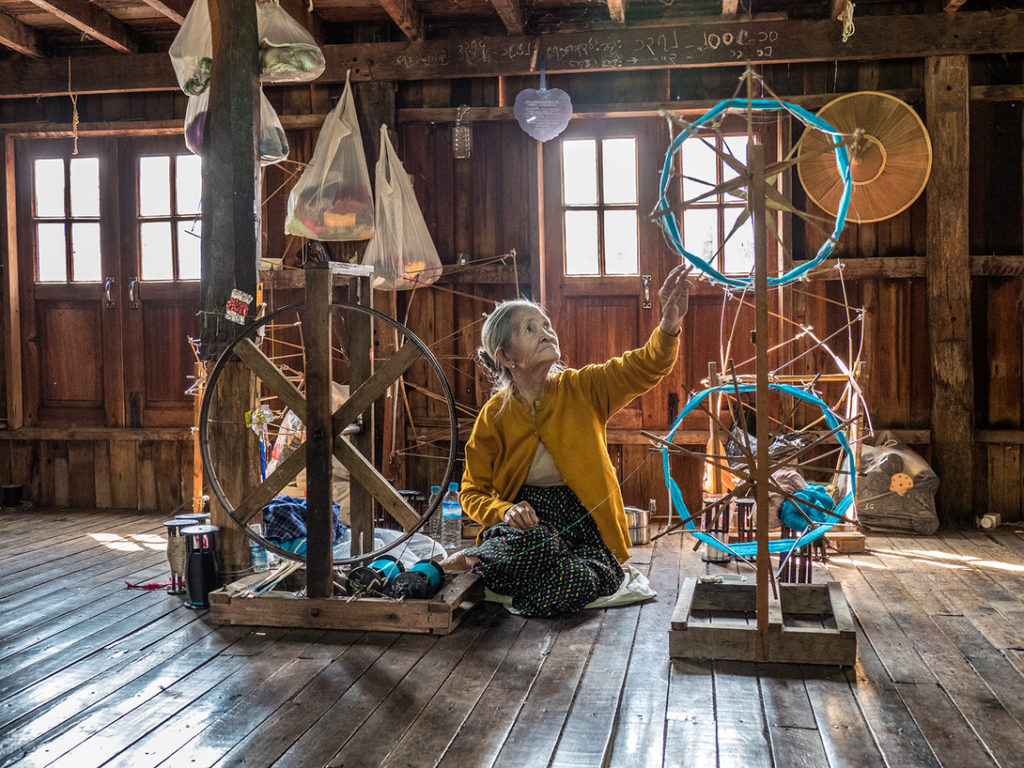
E-M1 MkII 12-100mm F4 Zuiko
Singh Ray HiLux filter
In Myanmar, on an NG Expedition. A silk/lotus weaver works her loom in this small facility on Inle Lake.
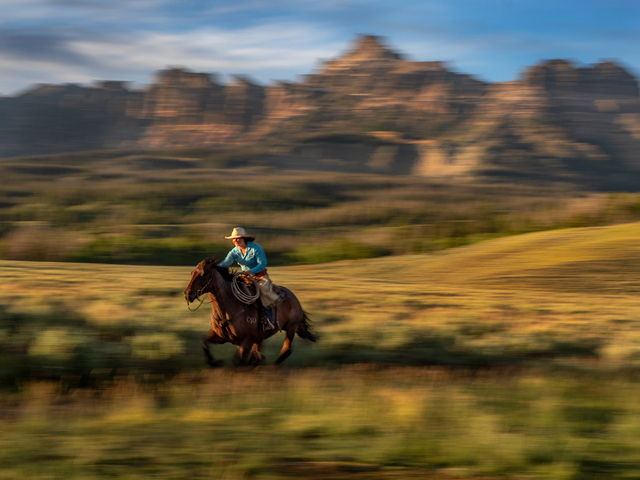
E-M1 MkII 12-100mm F 4 Pro lens
Singh Ray HiLux filter
I couldn’t do a look at a year’s worth of work without including photos from our FirstLight CM and FirstLight Absaroka Ranch Workshops. Working on a session to teach “panning”, I photographed this wrangler with the beautiful Ramshorn Mountain in the background. Panning is a method used in which the energy and power of movement can be conveyed by using a slower shutter speed. Here, 1/30thof a second.
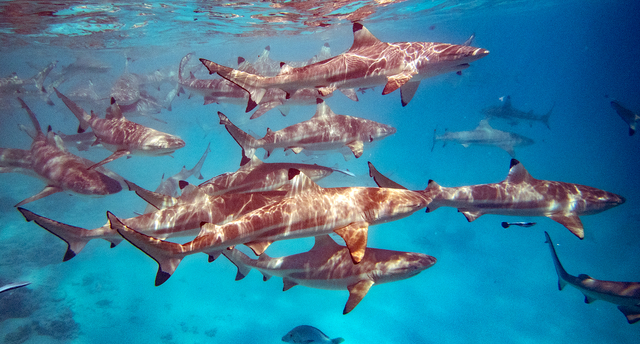
Olympus TG-5 Tough Camera, FCON-T01 wide angle adapter
Blacktip reef sharks( Carcharhinus melanopterus)
swarm in the warm waters near Rangiroa in French Polynesia. I was hanging on a platform in the water watching this incredible site right in front of the camera.
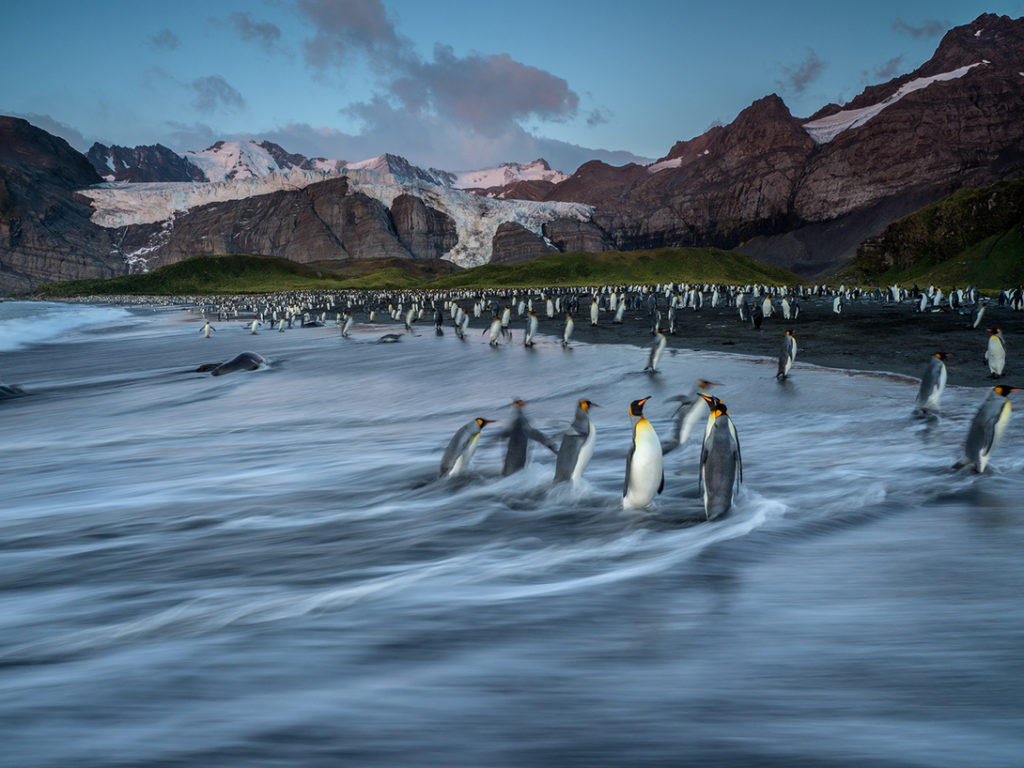
E-M1 MkII. 12-100mm F4 Zuiko Pro lens
Singh Ray HiLux filter
Gold Harbour is simply one of the most awesome places you’ll find. Huge colonies of King penguins, fur seals, elephant seals, Skuas; the list is pretty long. Add to that a landing pre-dawn, we felt like we were photographing a movie set of an over-the-top location. I used a slow shutter speed to allow the waves sweeping in to have a silky and mercurial look to them but finding sharpness on the two penguins in the foreground.
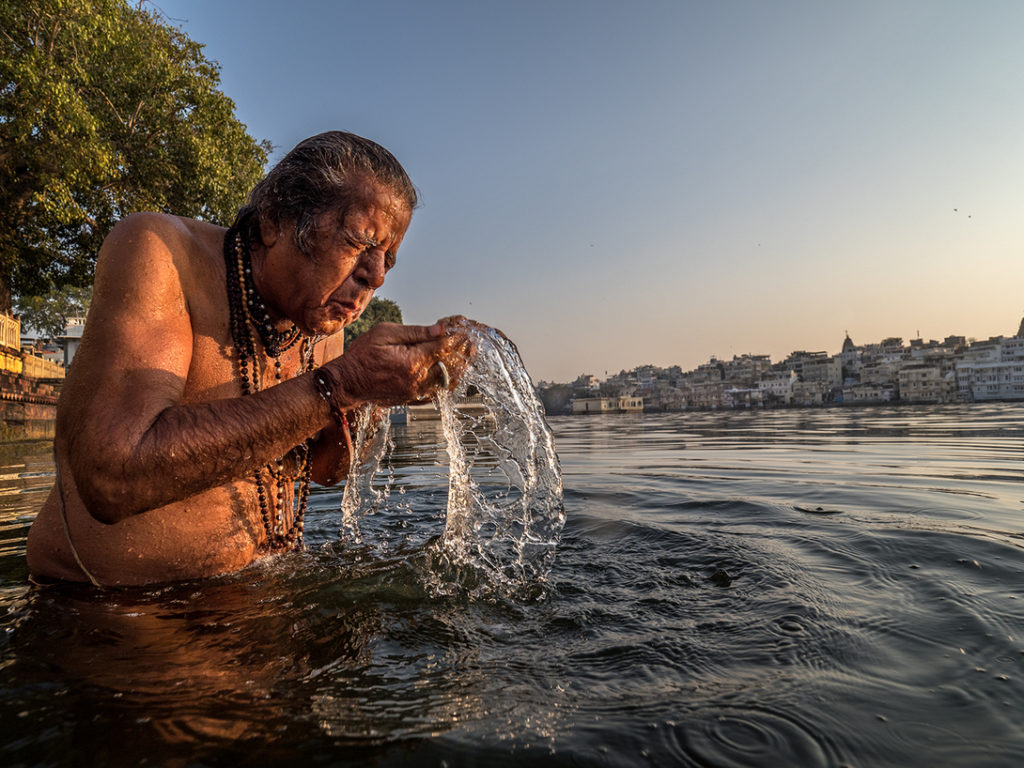
E-M1 MkII. 7-14mm F2.8 Zuiko
Maji Ka Mandir Temple on Pichola Lake in Udaipur, India. Using the waters of Pichola Lake, this holy man bathes in early morning light of Udaipur.
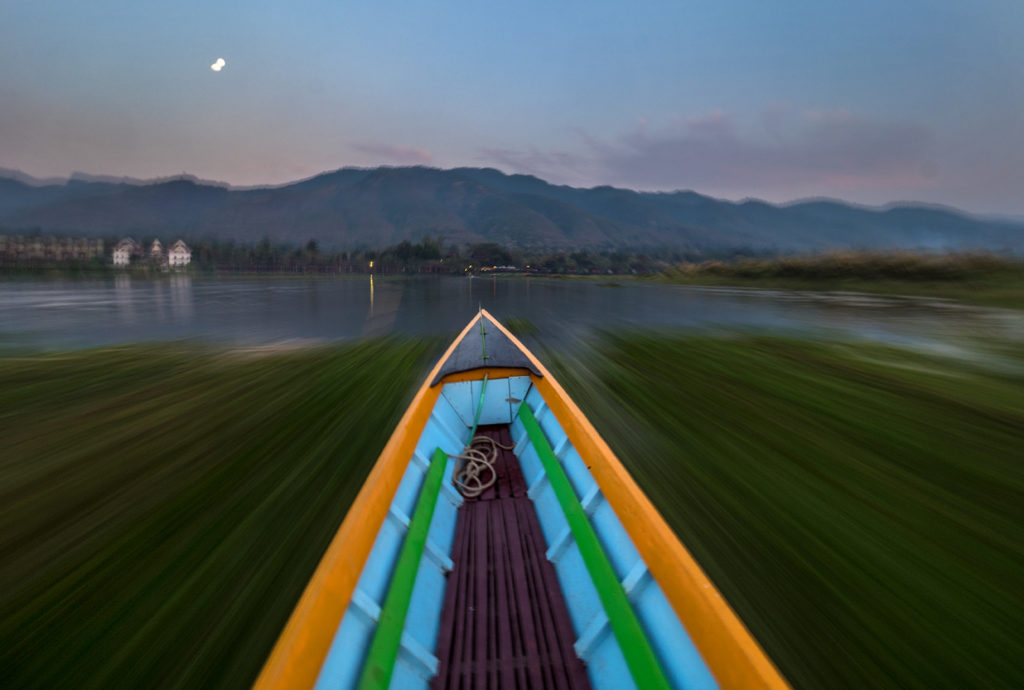
E-M1 MkII 7-14mm F2.8 Zuiko Pro lens
Singh Ray HiLux filter
Riding a traditional fishing boat across the waters of Inle Lake, I shot a slow shutter speed looking over the bow to emphasize movement of the beautiful and traditionally painted craft. 1/15thof a second.
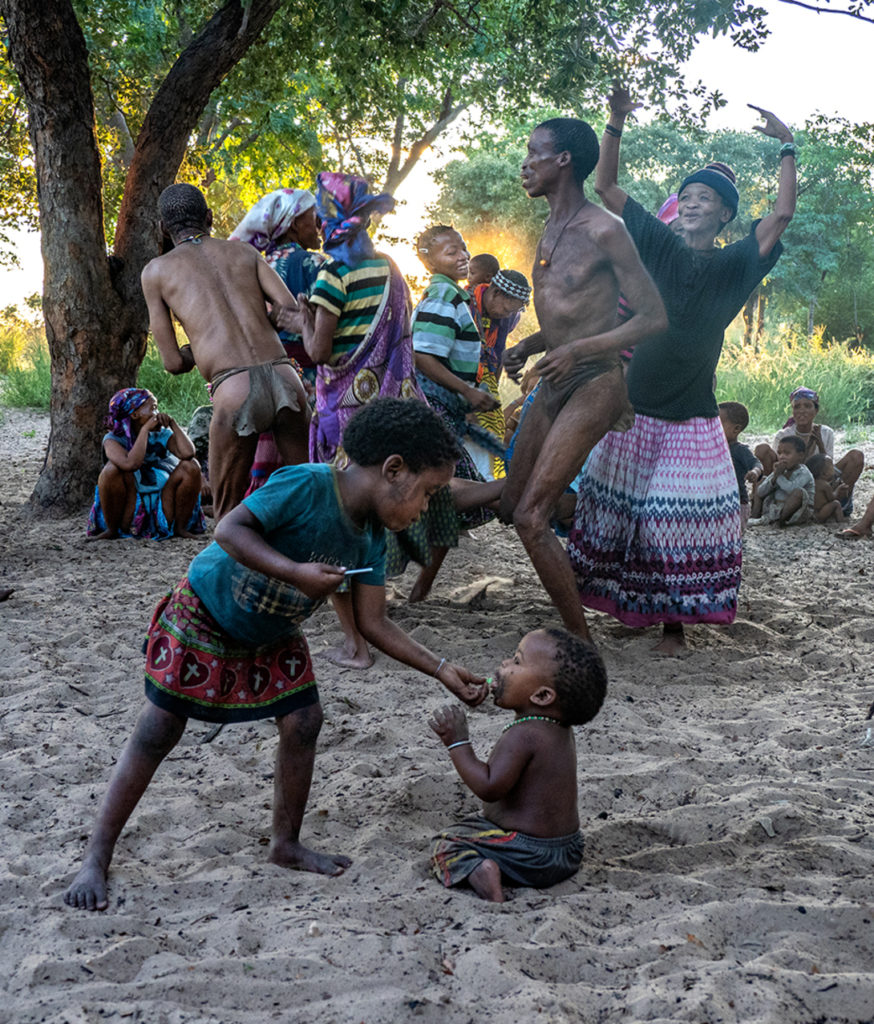
E-M1 MkII. 12-100mm F4 Zuiko
Singh Ray HiLux filter
Sān or Saan peoples in small bushmen village in NE Namibia. These people have forsaken most modern amenities to live in traditional ways.
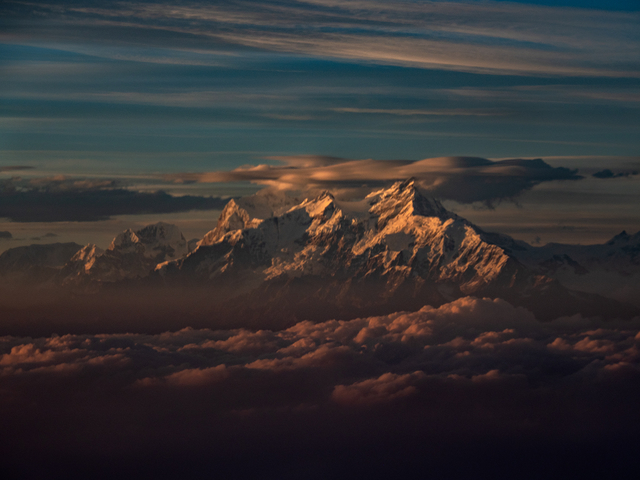
E-M1 MkII. 40-150mm F2.8 Zuiko
Singh Ray HiLux filter
While flying from Lhasa, Tibet to Kathmandu, Nepal, we flew over the Himalayas in the beautiful evening light.
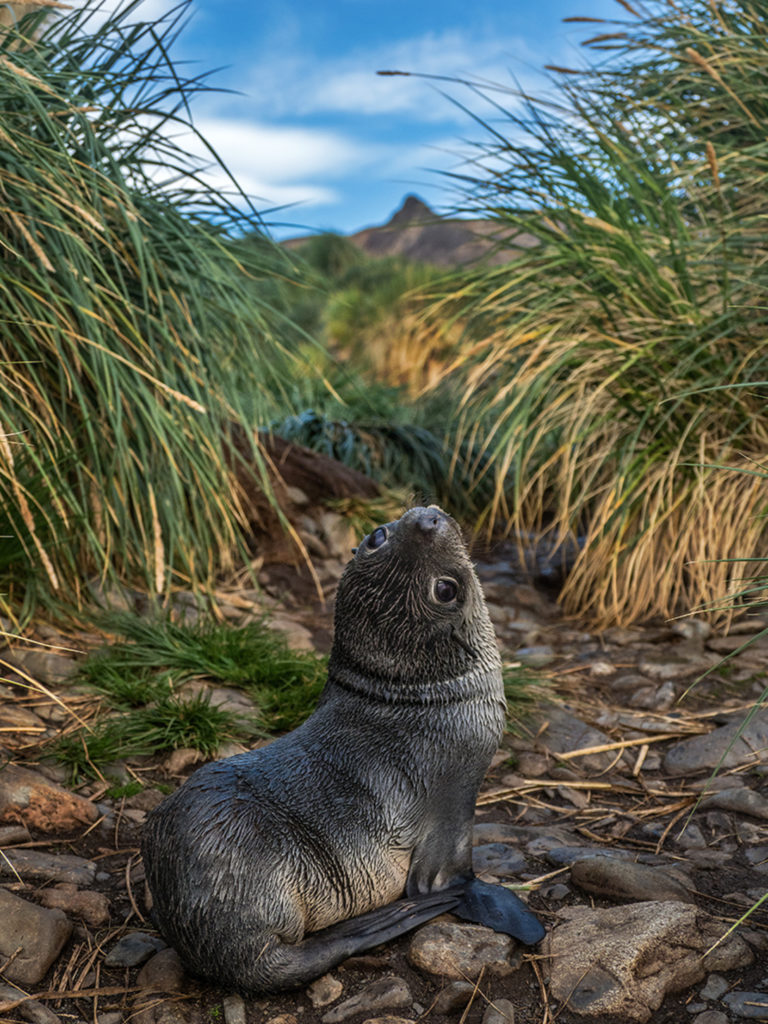
E-M1 MkII. 12-100mm F4 Zuiko
Singh Ray HiLux filter
Near Jason Harbour in South Georgia, a fur seal pup bends over to check me out. I believe photographers are responsible for everything in the viewfinder, it’s your canvas.
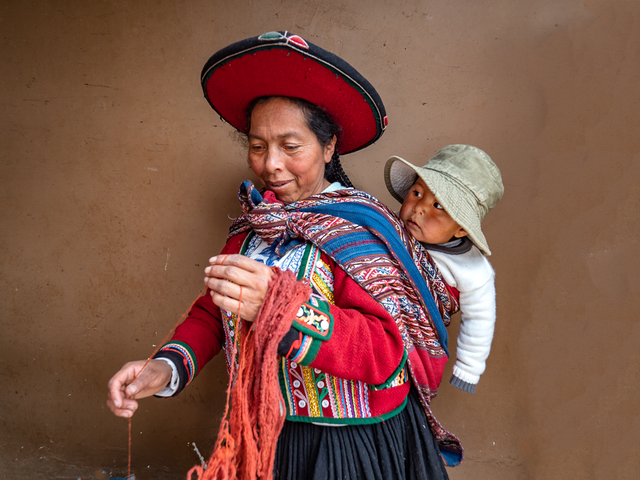
E-M1 MkII 12-100mm F4 Zuiko
Singh Ray HiLux filter
In the Sacred Valley of the Incas, near Cusco, Peru, a weaver works her fabric as her child watches.
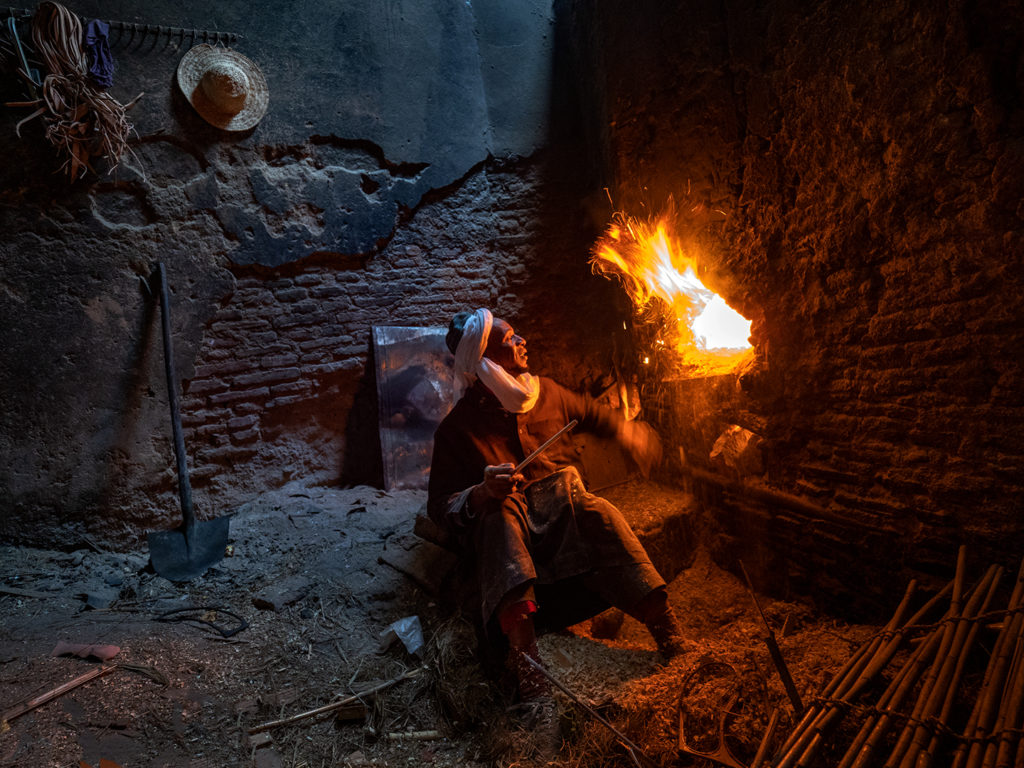
E-M1 MkII 7-14mm F2.8 Zuiko
Singh Ray HiLux filter
Below the hot baths in Marrakech, Morocco, this gentleman’s job is to feed fuel to the fires that heat the waters.
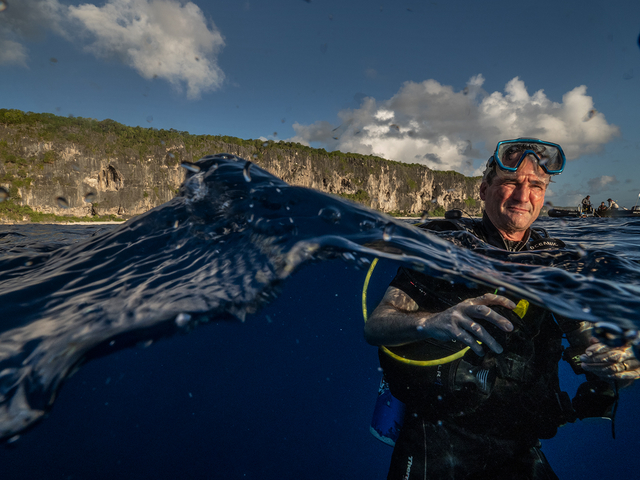
E-M1 MkII 7-14mm F2.8 Zuiko in underwater housing.
With incredible visibility, the ocean waters are a mecca for scuba divers. Here, a diver surfaces with the island of Makatea in the background.
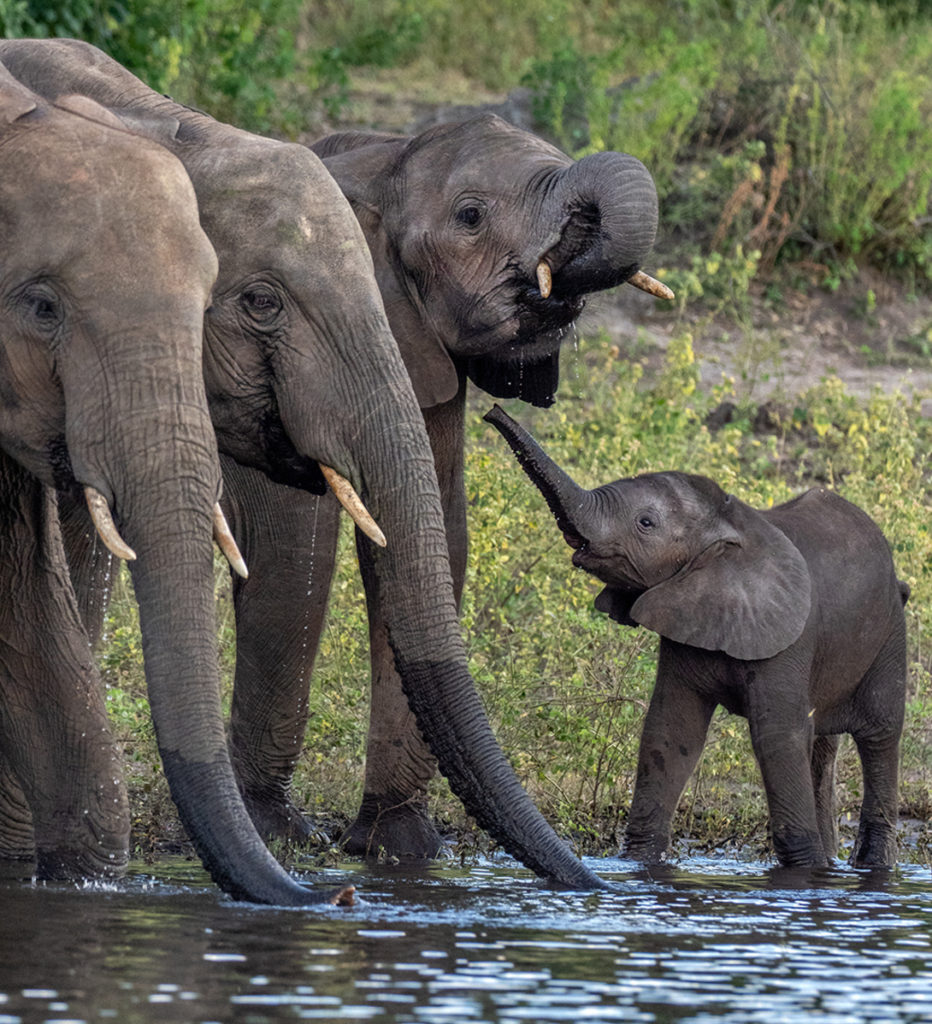
E-M1 MkII 300mm F4 Zuiko
Singh Ray HiLux filter
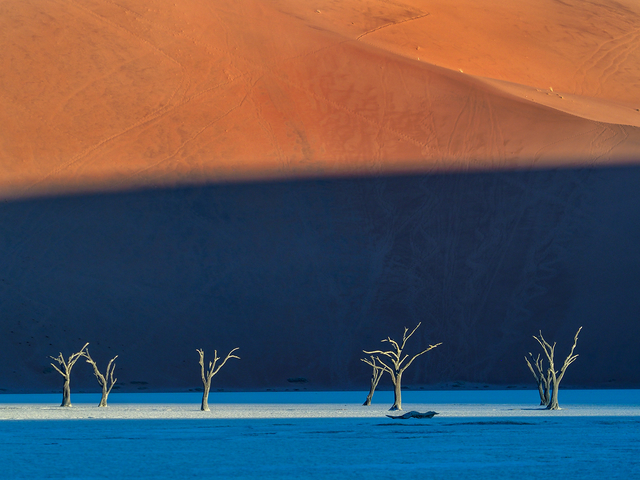
E-M1 MkII 40-150mm F2.8 Zuiko
Singh Ray HiLux filter
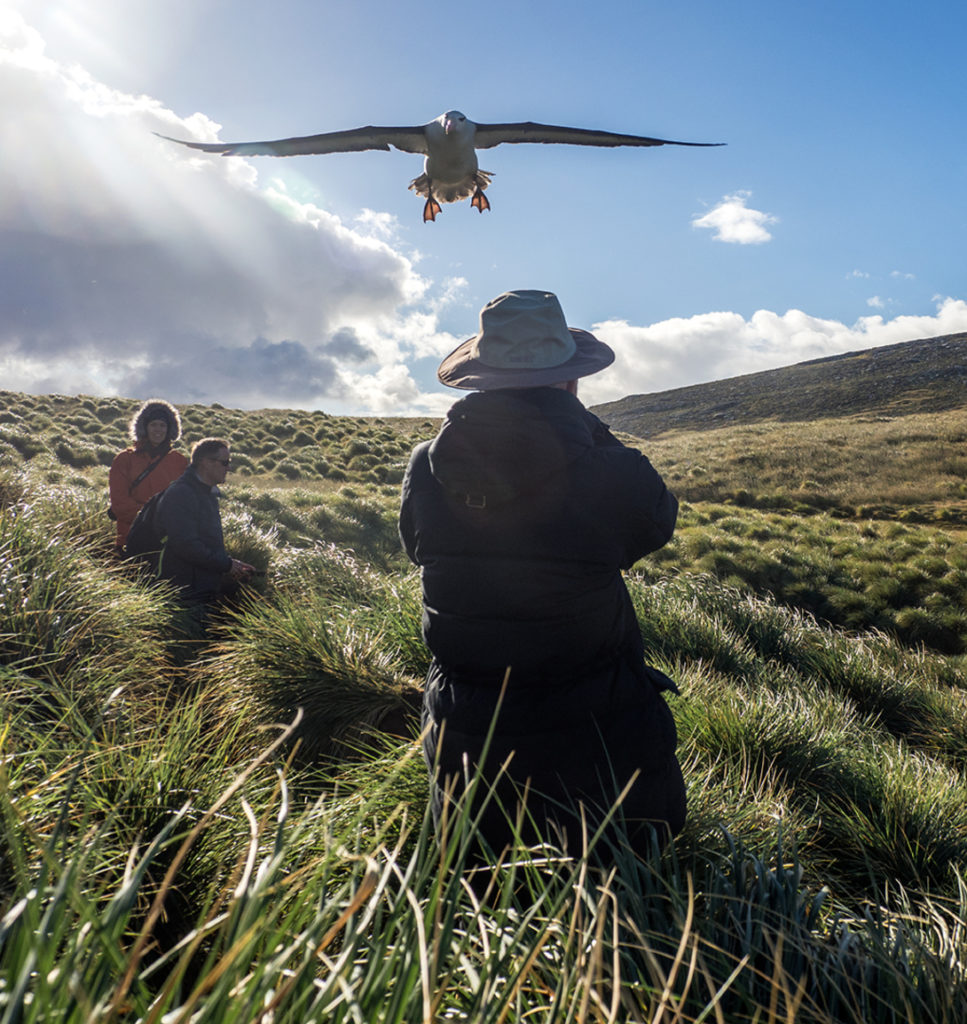
E-M1 MkII 12-100mm F4 Zuiko
Singh Ray HiLux filter
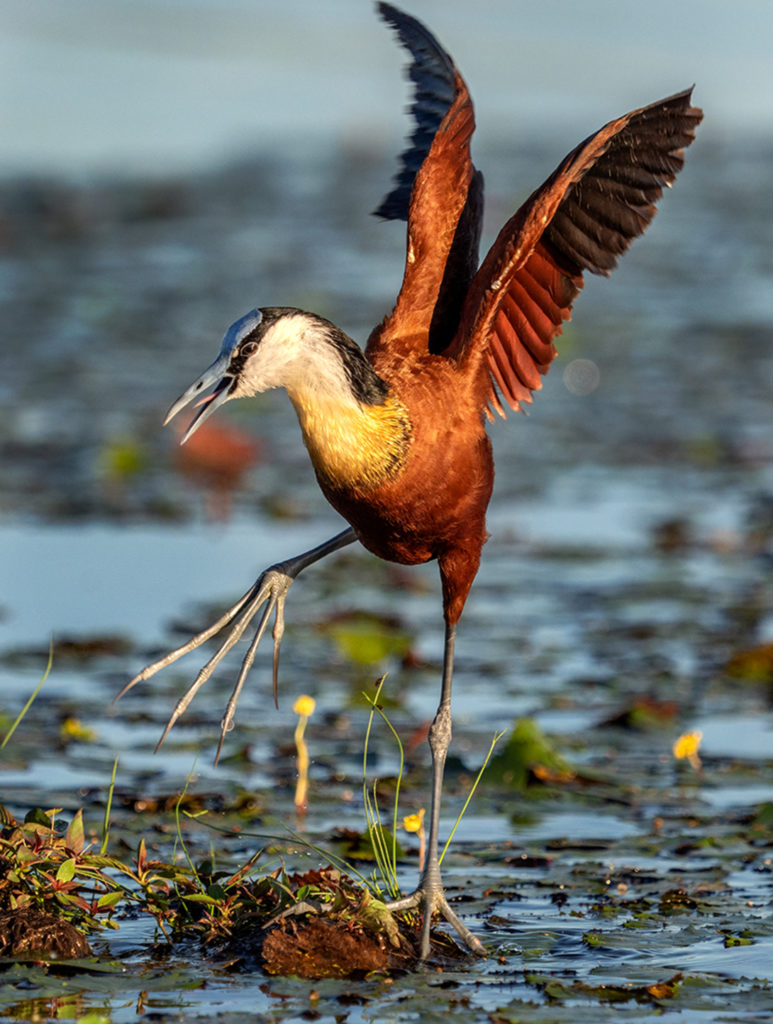
E-M1 MkII 300mm F4 Zuiko lens
Singh Ray HiLux filter
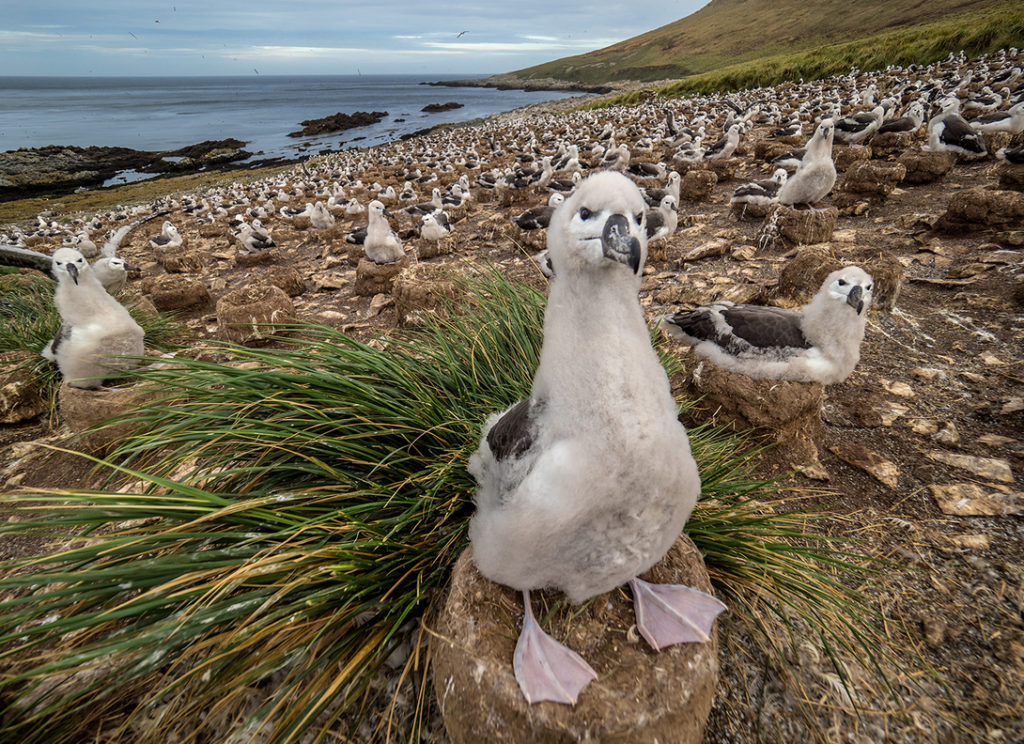
E-M1 MkII 7-14mm F2.8 Zuiko lens
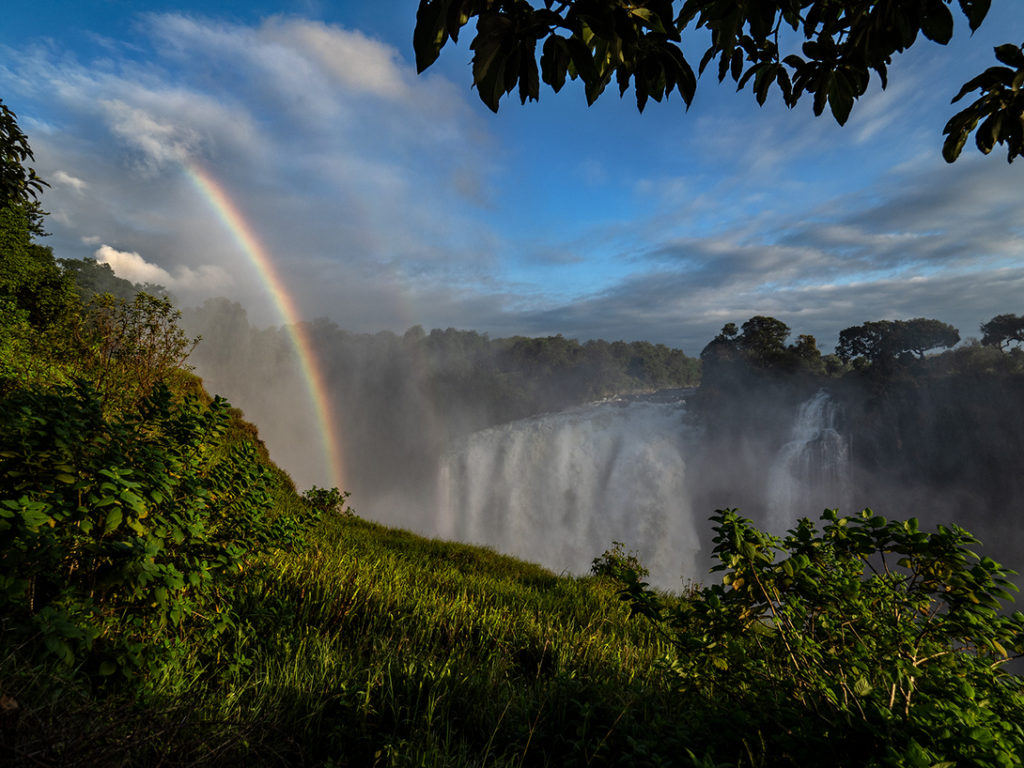
E-M1 MkII 12-100mm F4 lens
Singh Ray Graduated ND filter
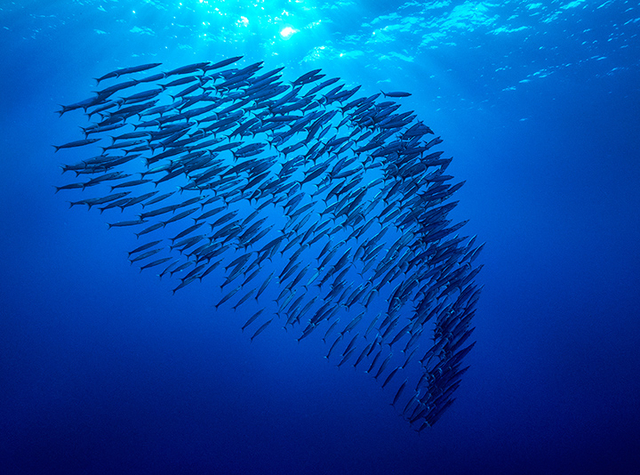
E-M1 MkII 7-14mm F2.8 Zuiko Underwater housing
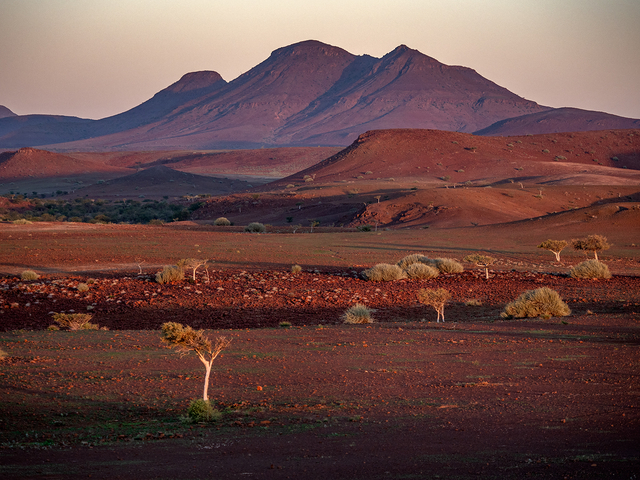
E-M1 MkII. 40-150mm F2.8 Zuiko Lens
Singh Ray HiLux filter
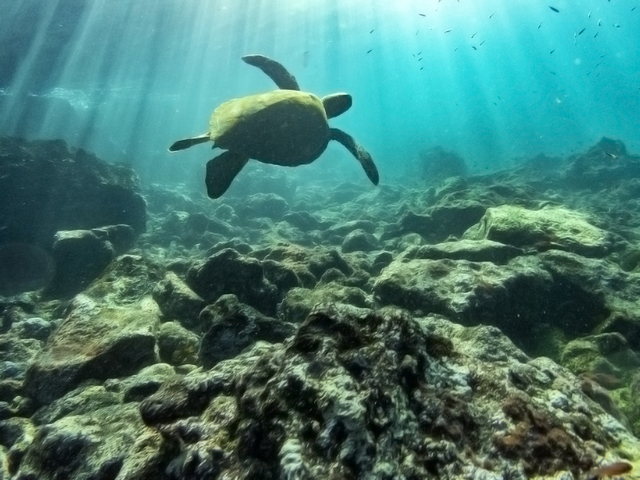
Olympus TG-5 Tough camera w/FCON-T01 converter
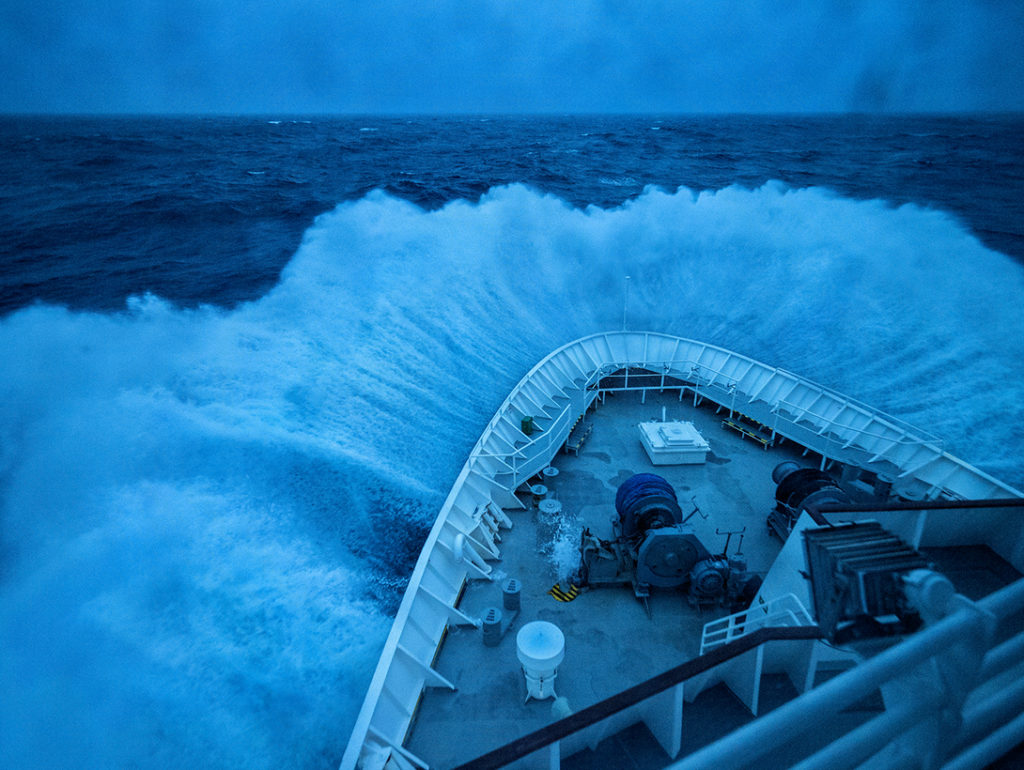
E-M1 MkII. 7-14mm F2.8 Zuiko lens
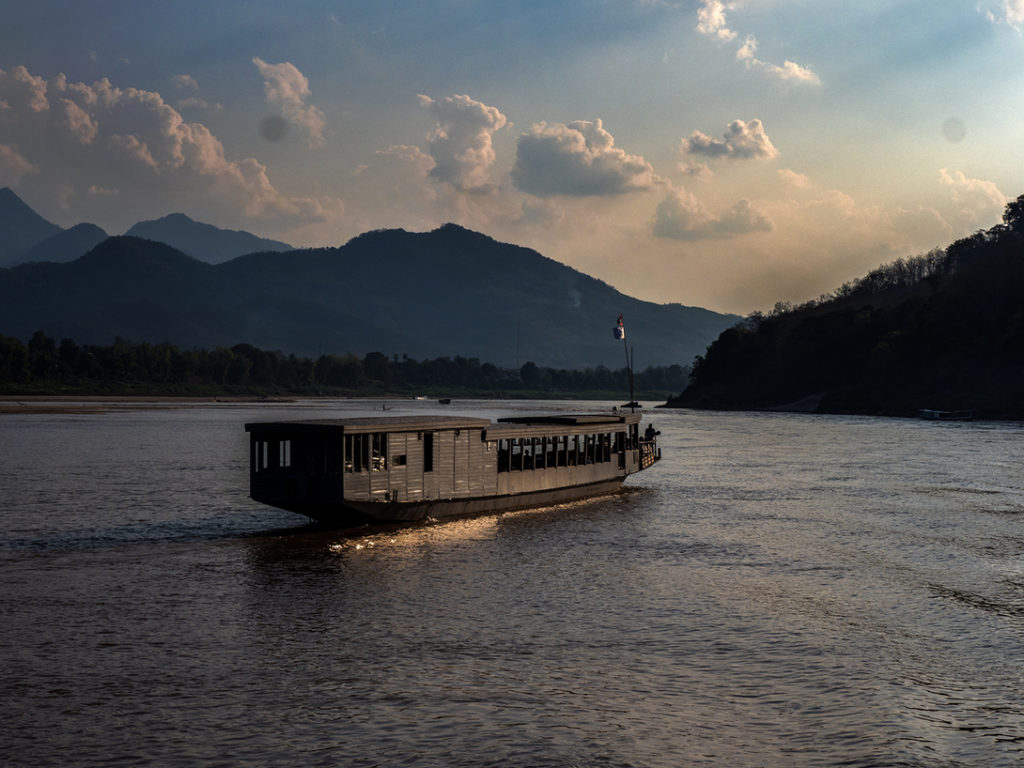
E-M1 MkII 40-150mm f2.8 Zuiko lens
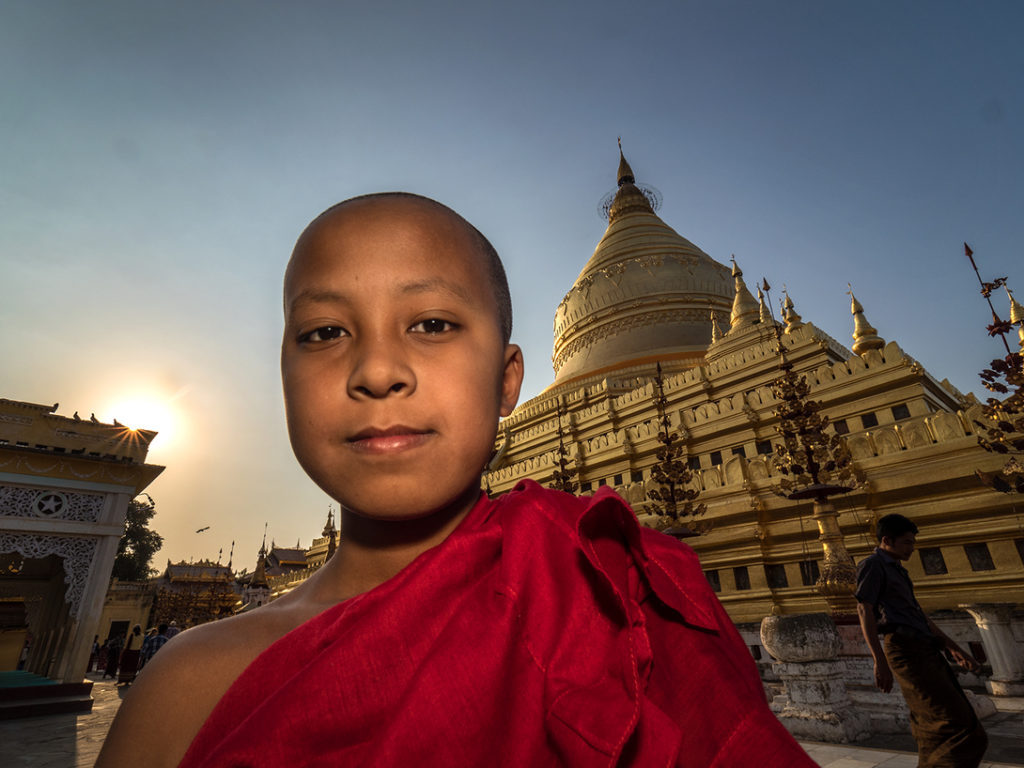
E-M1 MkII 12-100mm F4 Zuiko lens
Singh Ray HiLux filter.
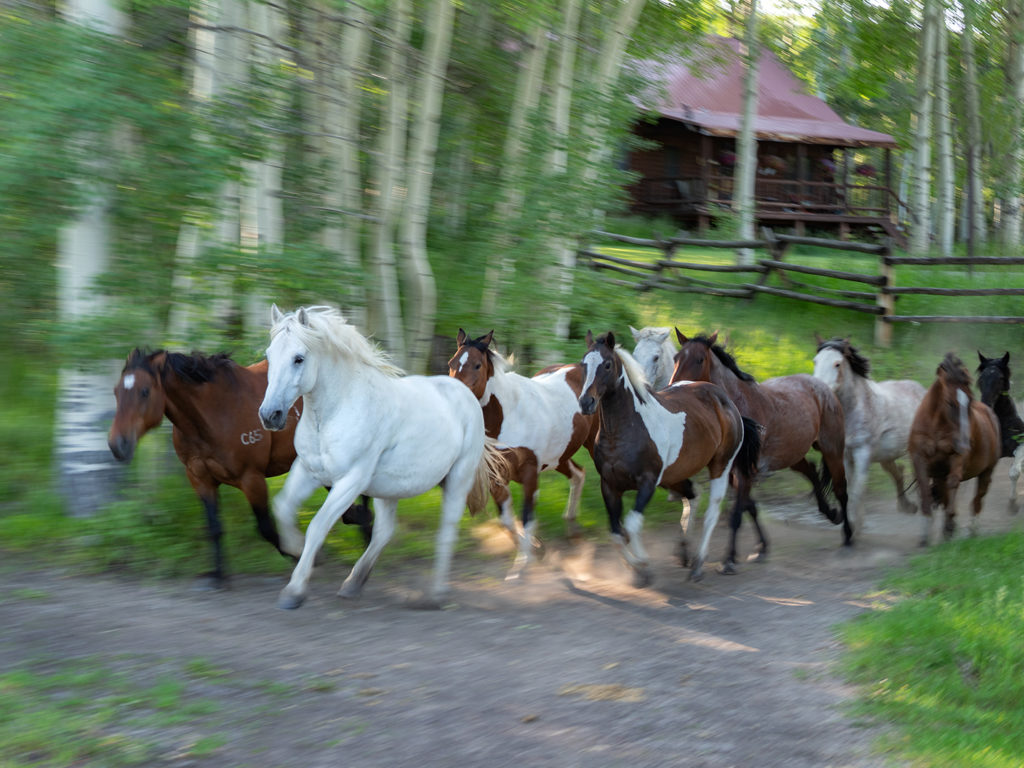
E-M1 MkII 12-100mm F4 Zuiko lens
Singh Ray HiLux Filter
One thing we really love about photography: it provides a reason to approach someone, either domestically or internationally, and ask if we can step, briefly, into their world. Isn’t this why you love to travel, to get under that veneer of tourism and interact with people in their world? We hope you enjoy travel & photography with the same passion that we do!
Jay & Becky Dickman



